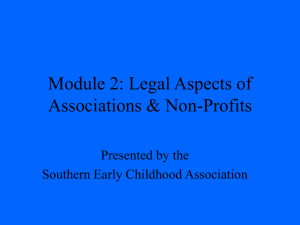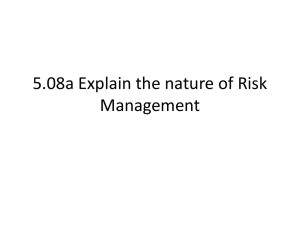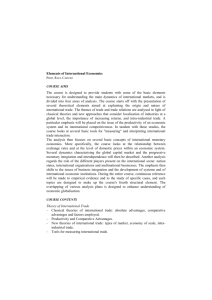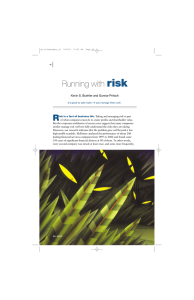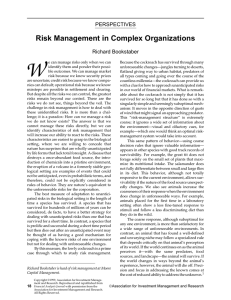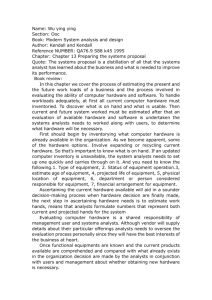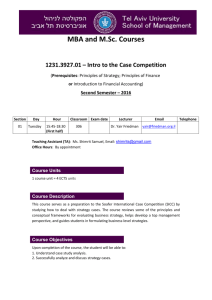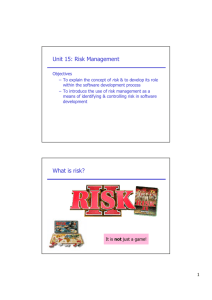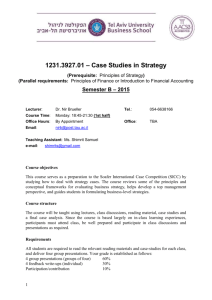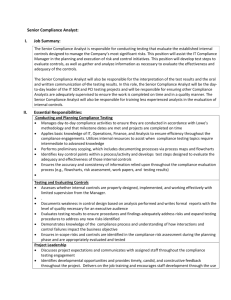FIN 683 Financial Institutions Management Case Study Banc One
advertisement
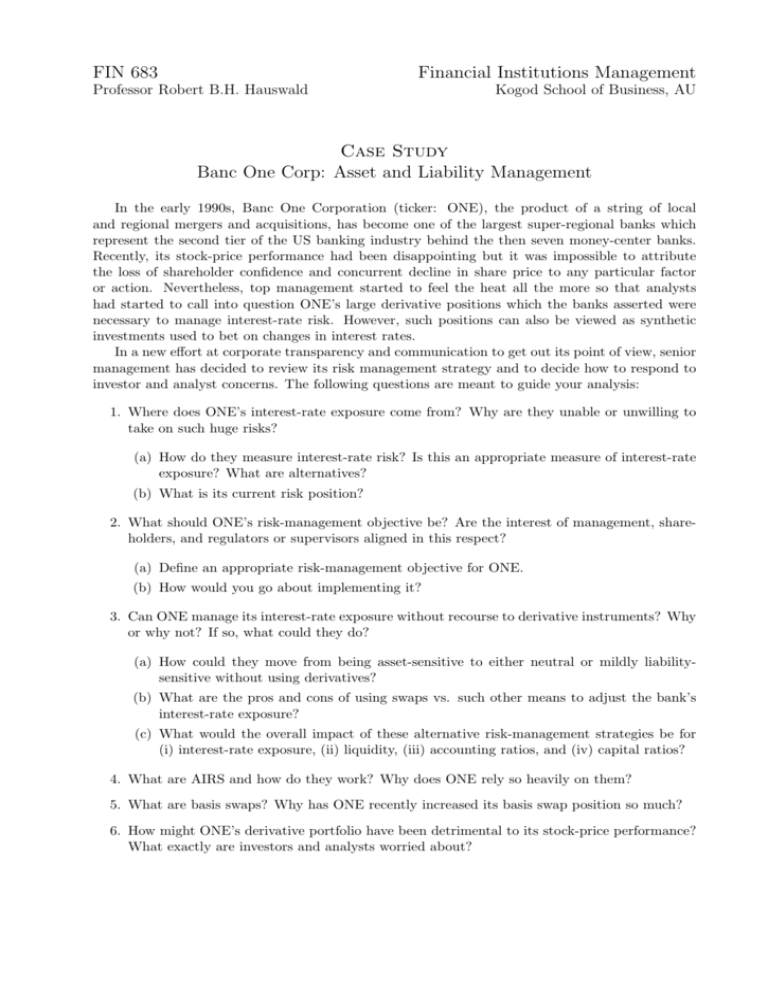
FIN 683 Financial Institutions Management Professor Robert B.H. Hauswald Kogod School of Business, AU Case Study Banc One Corp: Asset and Liability Management In the early 1990s, Banc One Corporation (ticker: ONE), the product of a string of local and regional mergers and acquisitions, has become one of the largest super-regional banks which represent the second tier of the US banking industry behind the then seven money-center banks. Recently, its stock-price performance had been disappointing but it was impossible to attribute the loss of shareholder confidence and concurrent decline in share price to any particular factor or action. Nevertheless, top management started to feel the heat all the more so that analysts had started to call into question ONE’s large derivative positions which the banks asserted were necessary to manage interest-rate risk. However, such positions can also be viewed as synthetic investments used to bet on changes in interest rates. In a new effort at corporate transparency and communication to get out its point of view, senior management has decided to review its risk management strategy and to decide how to respond to investor and analyst concerns. The following questions are meant to guide your analysis: 1. Where does ONE’s interest-rate exposure come from? Why are they unable or unwilling to take on such huge risks? (a) How do they measure interest-rate risk? Is this an appropriate measure of interest-rate exposure? What are alternatives? (b) What is its current risk position? 2. What should ONE’s risk-management objective be? Are the interest of management, shareholders, and regulators or supervisors aligned in this respect? (a) Define an appropriate risk-management objective for ONE. (b) How would you go about implementing it? 3. Can ONE manage its interest-rate exposure without recourse to derivative instruments? Why or why not? If so, what could they do? (a) How could they move from being asset-sensitive to either neutral or mildly liabilitysensitive without using derivatives? (b) What are the pros and cons of using swaps vs. such other means to adjust the bank’s interest-rate exposure? (c) What would the overall impact of these alternative risk-management strategies be for (i) interest-rate exposure, (ii) liquidity, (iii) accounting ratios, and (iv) capital ratios? 4. What are AIRS and how do they work? Why does ONE rely so heavily on them? 5. What are basis swaps? Why has ONE recently increased its basis swap position so much? 6. How might ONE’s derivative portfolio have been detrimental to its stock-price performance? What exactly are investors and analysts worried about? (a) The stock price performance is a sign of what? How would you interpret the signals which the market has been sending to ONE’s senior management? (b) How should ONE respond? What should 7. Research what happened later. How did ONE’s stock price perform in the mid 1990s. How would you interpret the stock-price movements in term of success of failure of its riskmanagement strategy? Even-Numbered Groups Working as a senior risk-management analyst at ONE you have prepared a presentation or executive memo for the upcoming board meeting arguing in favor of current risk-management practices and attributing the recent stock-price decline to other factors. Odd-Numbered Groups As one of the senior research analysts on Wall Street following the banking industry, you have been highly critical of ONE’s risk-management and derivatives strategy. Given the impending review of their risk management, you either prepare a presentation to key institutional investors or a special (analyst) report on the situation. Please note the following ground rules for the case write-ups: • the maximal group size is as announced in class; every group member receives the same grade; • at most 2 pages of analysis and 6 pages of technical appendices; • show your work, staple the pages together and be professional ; • late write-ups will not be accepted for any reason; they are due at the beginning of class for which the discussion is scheduled; • graded write-ups or presentations will be available a week later. 2
